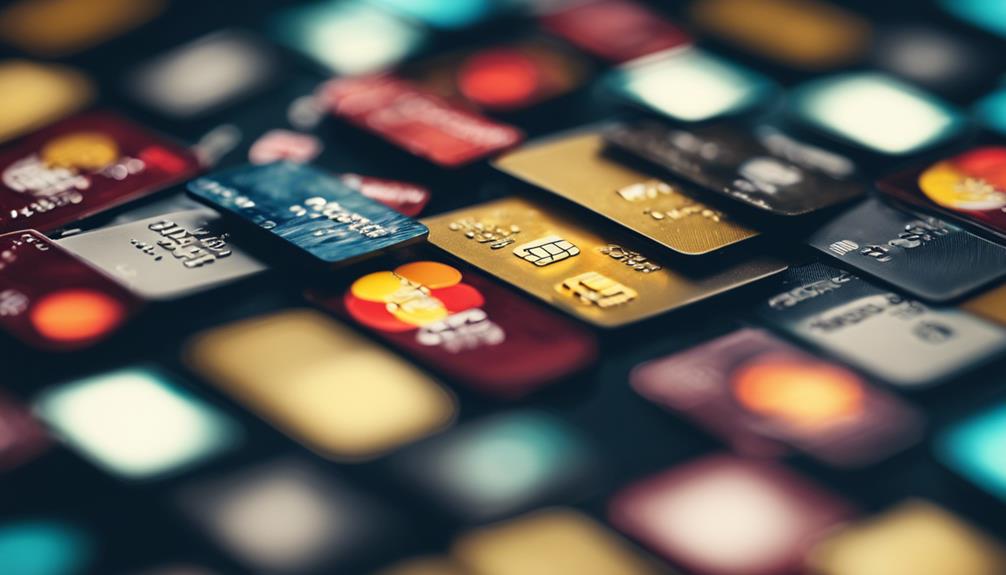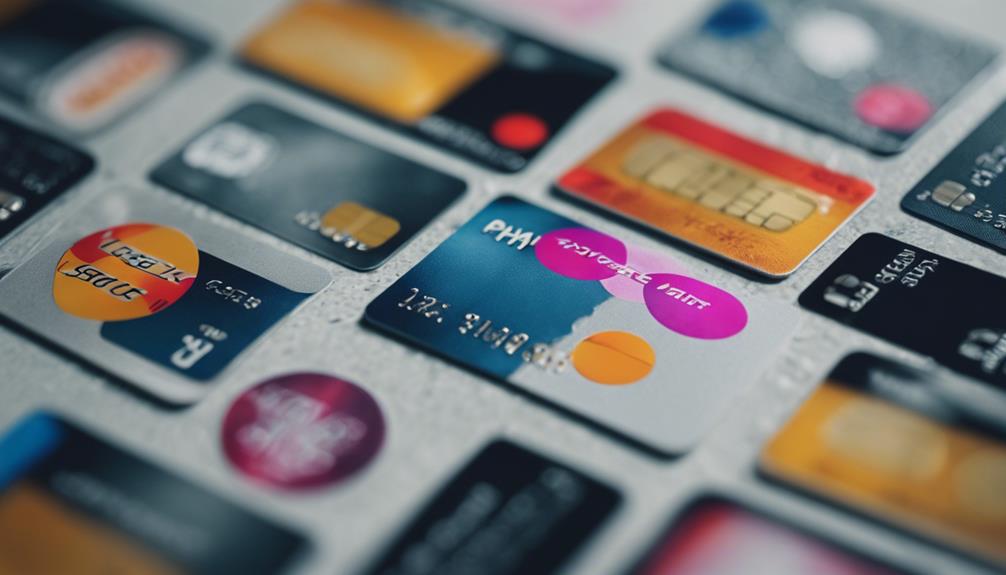Tokenization revolutionizes data security by replacing sensitive information with nonvaluable tokens, rendering data useless to hackers. This extra layer of security enhances protection against breaches and unauthorized access. By integrating tokenization and encryption, a powerful defense mechanism is formed, safeguarding sensitive data with unreadable ciphertext. Implementing tokenization challenges hackers, as tokens hold minimal value beyond specific systems. This approach reduces the risk of data breaches, fortifying defenses against cyber threats. The transformative impact of tokenization reshapes data security, fortifying defenses and thwarting cyber threats with unparalleled efficacy. Looking ahead, the combination of tokenization and encryption is poised to be the future of online security. As technology advances, the need for robust data protection will only grow, and tokenization provides a dynamic solution to meet these evolving challenges. With its ability to render data useless to malicious actors, tokenization stands as a critical component in securing sensitive information in the digital age. Future advancements in security will continue to build on the foundation of tokenization and encryption, further enhancing the protection of sensitive data. As cyber threats evolve, so too will the methods used to combat them, and tokenization will play a vital role in staying ahead of these threats. The ongoing development and integration of tokenization into data security protocols will ensure that sensitive information remains secure in the face of increasingly sophisticated cyber attacks.
Key Takeaways
- Tokenization enhances security by replacing sensitive data with non-valuable tokens.
- Payment tokenization reduces the risk of data breaches and simplifies the payment process.
- Tokenization guarantees the integrity of sensitive information and fosters trust with customers.
- Integration of tokenization and encryption creates a powerful defense against unauthorized access.
- Implementing tokenization fortifies data security, making it challenging for hackers to decipher valuable information.
Tokenization and Its Importance

Tokenizing sensitive data is a powerful method for enhancing security and protecting valuable information from potential breaches. By substituting sensitive elements with nonvaluable tokens, tokenization guarantees that even if hackers breach a system, the data they obtain is rendered useless. Tokenization not only provides immediate protection for sensitive data but also offers long-term security benefits. As technology evolves, the future of online security will rely heavily on tokenization to safeguard personal and financial information. With the increasing frequency of cyber attacks, implementing tokenization is an essential step in ensuring the privacy and security of digital information.
This process converts sensitive data into tokens with minimal value outside a specific ecosystem, adding an extra layer of security. In contrast, encryption encodes data into unreadable ciphertext, preventing unauthorized access during credit card processing.
Tokenization and encryption, when properly implemented, work together to defend against advanced data threats. Their combined efforts play significant roles in safeguarding sensitive information, offering peace of mind to both companies and consumers.
Advantages of Payment Tokenization

When utilizing payment tokenization systems, customers experience heightened security measures that safeguard their sensitive card data effectively.
Payment tokenization offers several advantages that enhance the overall security of transactions. To begin with, it reduces the risk of data breaches by replacing sensitive card information with unique tokens, making it nearly impossible for hackers to access valuable data.
Additionally, tokenization simplifies the payment process for customers, allowing for seamless transactions without compromising security. By using different tokens for each transaction, payment tokenization guarantees that even if one token is compromised, the rest of the customer's data remains safe.
This advanced security measure not only protects customers' financial information but also instills trust and confidence in the payment process.
Benefits of Tokenization in Security

By adopting tokenization in your data security strategy, you not only enhance protection against potential breaches but also guarantee the integrity of sensitive information. Tokenization plays an important role in securing data by replacing valuable details with tokens that hold little to no value outside a specific system.
This process secures that even if hackers manage to breach your systems, the information they obtain is rendered useless due to the tokenization process. By implementing tokenization, you greatly reduce the risk of data theft and unauthorized access to sensitive data.
This added layer of security not only protects your organization but also fosters trust with your customers, ultimately leading to improved loyalty and enhanced sales.
Tokenization and Encryption Integration

For a robust data security strategy, integrating tokenization and encryption is paramount in safeguarding sensitive information against advanced cyber threats. When combined, tokenization replaces valuable data with non-valuable tokens, while encryption encodes sensitive data into unreadable ciphertext. This dual approach enhances data protection by making it challenging for hackers to decipher any intercepted information. The integration of tokenization and encryption offers a powerful defense mechanism against data breaches and unauthorized access. Take a look at the table below to understand the key differences between tokenization and encryption:
| Tokenization | Encryption |
|---|---|
| Substitutes data with tokens | Encodes data into ciphertext |
| Renders data useless to hackers | Prevents unauthorized viewing |
| Enhances data security | Safeguards data integrity |
Enhancing Data Security With Tokenization

Enhance your data security by implementing tokenization as a powerful defense against cyber threats. Tokenization replaces sensitive data with tokens, making it challenging for hackers to decipher valuable information. Tokenization is a crucial component of a comprehensive data security strategy, especially for businesses that handle large volumes of sensitive customer information. By incorporating tokenization into your security measures, you can significantly reduce the risk of data breaches and unauthorized access. As the future of 3d secure continues to evolve, businesses must stay proactive in implementing the latest technologies and best practices to safeguard their data and protect their customers.
By utilizing tokenization, you can safeguard your data in the event of a breach, as the tokens hold little to no value outside your specific system. This method guarantees that even if unauthorized access occurs, the stolen tokens remain useless to malicious actors.
Tokenization offers a robust layer of security by safeguarding sensitive information and enhancing overall data protection. By incorporating tokenization into your data security strategy, you can greatly reduce the risk of data breaches and fortify your defenses against evolving cyber threats. Tokenization works by replacing sensitive data with unique tokens that have no intrinsic value, making it nearly impossible for hackers to reverse engineer or steal valuable information. As businesses continue to face increasing threats to their data security, tokenization is becoming a non-negotiable component of any robust cybersecurity strategy. In essence, tokenization is the future of enhanced security, providing a reliable and scalable method for protecting sensitive data from internal and external threats. As technology continues to advance, the need for robust security measures will only grow more critical. Tokenization sets the foundation for future security measures by establishing a proactive approach to data protection. By staying ahead of potential threats and continuously evolving security measures, businesses can establish a strong defense against cyberattacks and ensure the safety of their sensitive data. As businesses adapt to the ever-changing landscape of cyber threats, it is essential to stay ahead of the curve by implementing future security technology. By integrating tokenization into your data security strategy, you can position your organization as a leader in safeguarding sensitive information. As the use of tokenization becomes more widespread, it will pave the way for future security technology, ensuring that businesses remain one step ahead of cybercriminals and protect their most valuable assets.
Frequently Asked Questions
How Does Tokenization Protect Data in Case of a Breach?
Tokenization protects data in case of a breach by replacing sensitive information with tokens that hold little to no value outside a specific system.
In the event of a security breach, these tokens become useless to hackers, ensuring that the original data remains secure.
This process adds an extra layer of defense to safeguard sensitive information, making it challenging for unauthorized individuals to access or exploit valuable data.
What Are Some Real-World Examples of Tokenization?
Real-world examples of tokenization include casino chips and bus tokens. eCommerce utilizes token payment systems to replace card data with tokens in mobile wallets. Different payment tokens are generated for each customer's card data, enhancing security.
In-app payment methods seamlessly integrate with mobile wallets for a secure payment process. PAN tokenization is an essential aspect of PCI compliance, ensuring data protection in credit card processing.
Can Tokenization Be Used for In-App Payment Methods?
Can tokenization be used for in-app payment methods? Absolutely! Tokenization is a powerful tool for securing in-app payments. By replacing sensitive card data with tokens, it guarantees that your transactions are safe from cyber threats.
Each customer's card details generate unique payment tokens, enhancing security. Embracing tokenization in your in-app payment process not only protects your customers' information but also boosts trust and loyalty. It's a win-win for everyone involved.
How Can Tokenization and Encryption Work Together for Data Security?
To enhance data security, tokenization and encryption can collaborate effectively. Tokenization substitutes sensitive data with tokens, rendering them useless to hackers if breached.
Encryption encodes data into unreadable formats, preventing unauthorized access. Together, they strengthen defenses against evolving threats.
Proper implementation of both mechanisms is crucial for robust protection. By combining tokenization's substitution and encryption's encoding, systems can achieve complete safeguarding of sensitive information.
What Are the Different Types of Secure Data Storage Methods Available?
Different types of secure data storage methods include in-house servers, online backup services, and cloud-based storage solutions. In-house servers are vulnerable to centralized attacks, while online backups aid in file restoration. Cloud storage acts as a virtual fortress against hackers.
Varied storage techniques bolster data security, providing organizations with options to safeguard sensitive information effectively. Consider the advantages and vulnerabilities of each method when determining the most suitable storage solution for your data needs.
Conclusion
As you navigate the ever-evolving landscape of data security, remember that tokenization is the key to keeping your valuable information safe from cyber threats.
Just as a shield protects a warrior in battle, tokenization shields your data from potential attacks, ensuring its integrity and confidentiality.
By embracing this innovative technology, you can fortify your defenses and safeguard your most precious asset – your data.
Stay vigilant, stay protected, and let tokenization lead the way to a secure digital future.










